I am fortunate to have been involved in the first TEDx event in Portobello, near where I live by Edinburgh’s seaside. For those of you who are not familiar with TED or TEDx, here is a short explanation from the TED website:
TED is a nonprofit organisation devoted to spreading ideas, usually in the form of short, powerful talks (18 minutes or less). TED began in 1984 as a conference where Technology, Entertainment and Design converged, and today covers almost all topics — from science to business to global issues — in more than 100 languages. Meanwhile, independently run TEDx events help share ideas in communities around the world.
My involvement with the TEDx Portobello event was in the form of coaching the eight speakers and running a masterclass (with an invited audience) to help them hone their skills and further develop their talks.
It was an absolute privilege to work with the speakers, all experts in their field and all with a different message around the event theme of ‘Seeing Things Differently.’
The speakers were all very passionate about sharing their message; however, every one of them was challenged by how to distil that into a simple objective for their talk. Either their topic was too broad, they weren’t sure exactly what part of the message to share or they were too close to the material and were reluctant to take anything out. But when you have a maximum of 18 minutes to speak, you have to be extremely clear on what you want the audience to know, think, feel or do when you have finished.
So how did I help them achieve that clarity?
Firstly I asked them to state their objective for the talk in a simple sentence. This often resulted in a five minute description. So I asked them again in a different way such as ‘What specifically do you want your audience to do/think/feel after your talk?’ Often again there was a long winded explanation or a stream of thoughts as they attempted to put it into a sentence. As they spoke I noted their aims and each time they moved away from that I would ask again what their message was until they were able to pinpoint exactly what it was they wanted the audience to take away and articulate it in one short sentence.
I know I was probably beginning to sound like a broken record, but this step is critical when designing a speech or presentation because if you aren’t crystal clear about what your talk is about, there’s very little chance that your audience will be. So when you’re planning a talk, ask yourself again and again until you have absolute clarity about the purpose for your speech. It should be worded in a way that you would be able to measure whether you achieved it if you had the opportunity to test the audience afterwards.
Once you know exactly what your objective is and can state it in a simple sentence, then crafting the rest of the speech is a breeze – you can decide on the main points and the stories, statistics, case studies, etc that support the message as well as any visual aids that will enhance the audience’s understanding of it. This also helps you to be ruthless when drafting your presentation; if you are clear on your specific objective, anything that does not help you communicate that to your audience should be left out.
So next time you are developing a speech or presentation, get clear on your objective and then get even clearer! I guarantee it will help both you and your audience. And maybe you will be invited share your message on a TEDx stage near you.
Mel Sherwood is a Presentation Skills and Personal Impact Speaker and Founder of The RED Effect™. She works with ambitious business leaders, teams and individuals who want to express themselves with confidence, credibility and charisma. An Australian based in Scotland, Mel is an award-winning speaker, author and coach and combines over 25 years’ experience in business with a background as an actor, presenter and singer.


